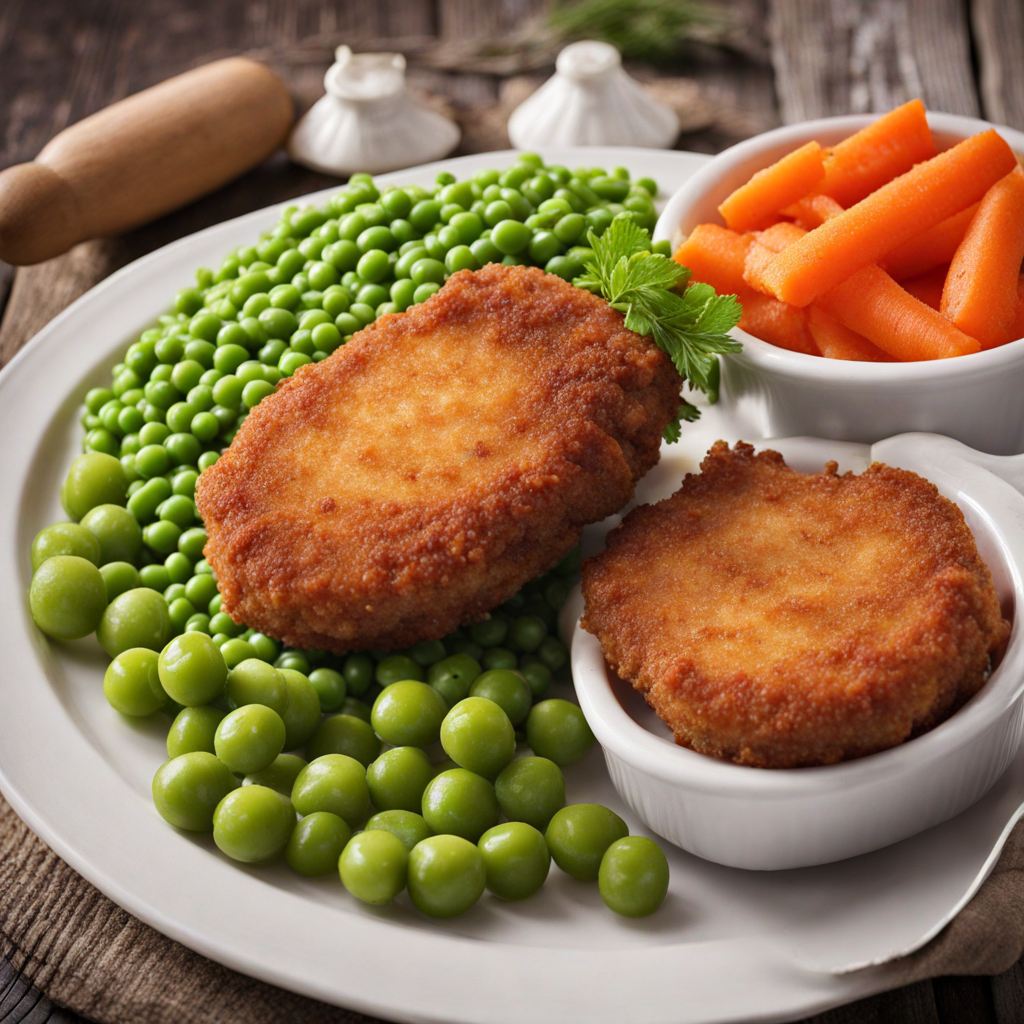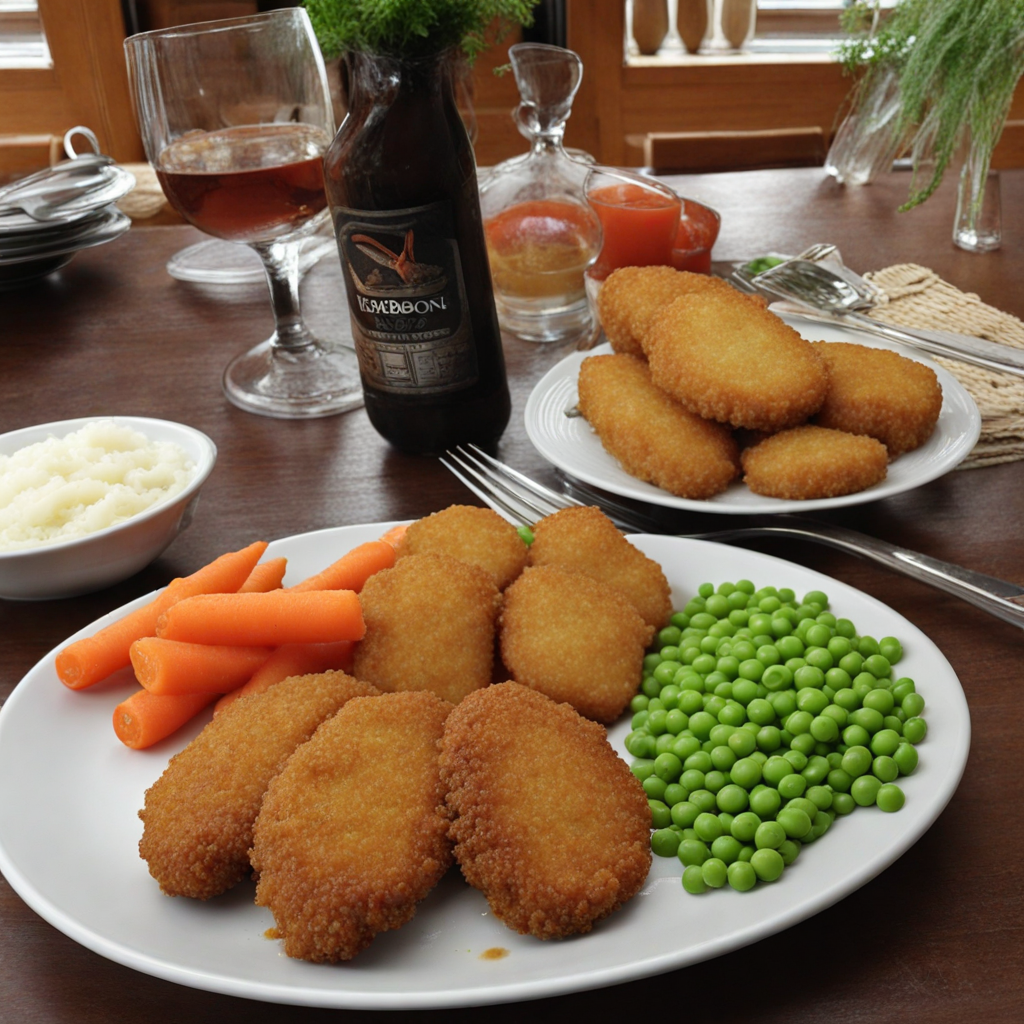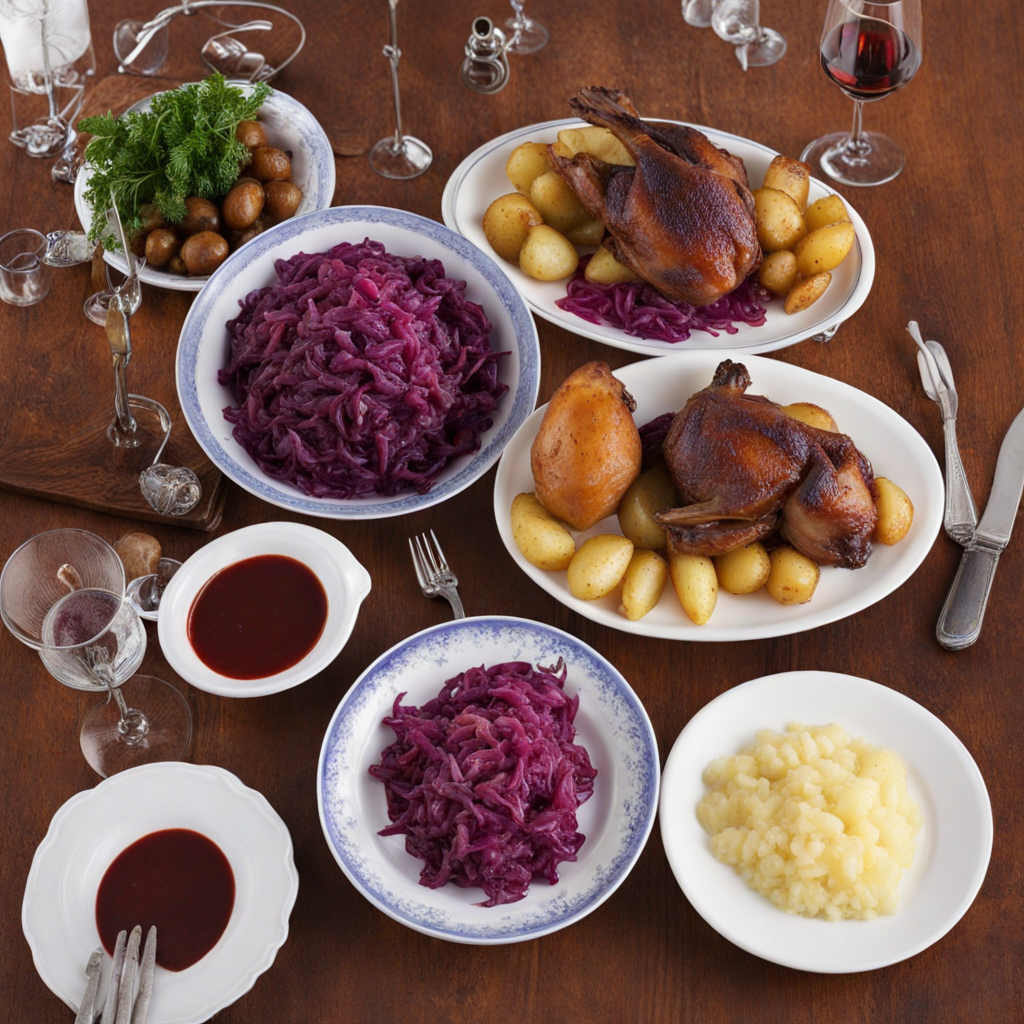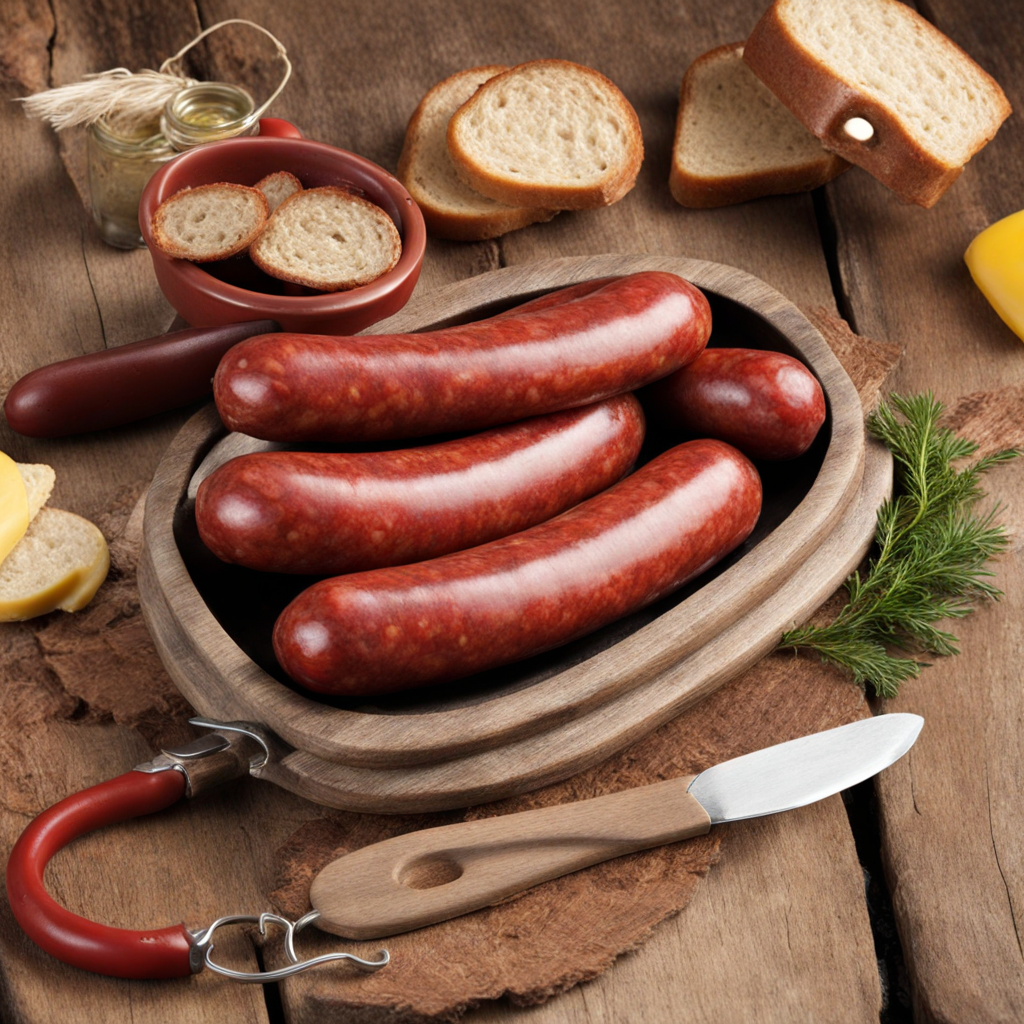Karbonader
Karbonader are a traditional Danish dish that beautifully showcases the country's love for hearty, home-cooked meals. These flavorful patties are typically made from ground meat, often pork or beef, seasoned with a blend of spices and herbs. The mixture is then shaped into thick, round patties and coated in breadcrumbs, giving them a deliciously crispy exterior when fried. The contrast between the crunchy outside and the tender, juicy inside makes for a delightful bite that is deeply satisfying and comforting. Served with a variety of accompaniments, karbonader can be enjoyed in numerous ways. Common side dishes include creamy mashed potatoes, pickled red cabbage, or a light salad to provide a refreshing balance. The dish is often elevated with a rich, savory gravy that adds a layer of depth to the overall flavor profile. This combination not only enhances the taste but also reflects the Danish culinary tradition of creating wholesome meals that nourish the body and soul. While karbonader are a staple in Danish homes, they also reflect the country's rich agricultural heritage, with ingredients sourced from local farms. The simplicity of the dish allows for variations, as some may incorporate herbs like parsley or thyme into the meat mixture, while others may add a hint of garlic for extra flavor. Each bite of karbonader tells a story of Danish culture, making it a must-try for anyone eager to explore the authentic tastes of Denmark.
How It Became This Dish
The History of Karbonader: A Danish Culinary Tradition Karbonader, a cherished staple of Danish cuisine, are breaded and fried meat patties that evoke a sense of comfort and nostalgia for many Danes. While their simple ingredients and preparation methods may seem unassuming, the history of karbonader is richly woven into the fabric of Denmark's social and culinary evolution. #### Origins: The Birth of Karbonader The term "karbonader" is derived from the French word "carbone," referring to carbon or charcoaled meat, which hints at the dish's grilling origins. The earliest references to meat patties in Denmark can be traced back to the 19th century, a time when the country was undergoing significant social and economic changes, including the rise of the middle class and urbanization. As Denmark transitioned from an agrarian society to an industrialized nation, food practices began to evolve. Meat, once a luxury, became more accessible due to advancements in farming and butchery. Beef, pork, and veal were common meats used in karbonader, often spiced with salt, pepper, and sometimes herbs, reflecting the Danish preference for straightforward and hearty flavors. #### Cultural Significance: A Dish of the People Karbonader quickly gained popularity as a practical, economical dish that could feed families and was easy to prepare. During the early 20th century, as the working class expanded and women increasingly entered the workforce, karbonader became a symbol of home-cooked meals that could be made quickly and efficiently. They were often served with simple accompaniments like potatoes, gravy, and pickled vegetables, embodying the essence of Danish comfort food. The dish also mirrored the broader European trend of creating meat patties, which can be found in various forms across the continent. The German "frikadelle," the French "galette," and the British "burger" all share a similar lineage. Yet, karbonader retained a distinct identity, characterized by its unique preparation and the use of fresh breadcrumbs in the coating, lending a crispy texture that Danes have come to love. #### Development Over Time: From Home Kitchens to Restaurants As the 20th century progressed, karbonader began to appear on restaurant menus, evolving from a humble home-cooked meal to a beloved dish in both casual eateries and fine dining establishments. The post-World War II period saw a surge in the popularity of convenience foods, but traditional dishes like karbonader remained a staple, often prepared with a sense of pride in Danish households. In the 1960s and 1970s, Denmark experienced a culinary renaissance, spurred by a renewed interest in traditional foods and local ingredients. This period saw chefs experimenting with new flavors and techniques while still honoring classic dishes. Karbonader underwent a transformation, with chefs beginning to incorporate diverse spices and side dishes, reflecting the growing influence of global cuisines. In modern Danish cuisine, karbonader retain their place as a beloved comfort food, often featured on menus in both traditional and contemporary restaurants. They are celebrated for their versatility; while the classic version remains a favorite, variations have emerged that incorporate different meats, grains, and even vegetarian alternatives, catering to diverse palates and dietary preferences. #### A Symbol of Danish Identity Karbonader have transcended their humble origins to become a symbol of Danish culinary identity. They encapsulate the values of simplicity, resourcefulness, and connection to home-cooked meals. The dish is often associated with family gatherings, Sunday dinners, and festive occasions, providing a sense of belonging and continuity. In recent years, there has been a revival of interest in traditional Danish foods, driven by movements toward sustainability and local sourcing. As people become more conscious of their food choices and the origins of their ingredients, karbonader have found a renewed appreciation, with many chefs and home cooks opting for organic and locally sourced meats and bread. Moreover, the resurgence of traditional food culture in Denmark has led to a greater emphasis on preserving culinary heritage. Food festivals, cookbooks, and culinary schools have all played a role in keeping the tradition of making karbonader alive, ensuring that future generations will carry on the legacy of this iconic dish. #### Conclusion: The Enduring Legacy of Karbonader Today, karbonader continue to hold a special place in the hearts of Danes, embodying the essence of home-cooked comfort food. Their evolution over the years speaks to the resilience of traditional cuisine, adapting to changing social dynamics while maintaining a strong connection to cultural roots. Whether served in a cozy family kitchen or a trendy urban restaurant, karbonader remain a testament to Denmark’s rich culinary heritage. As Denmark continues to navigate the complexities of modern gastronomy, karbonader stand as a beloved reminder of the past—a dish that brings people together, celebrates local ingredients, and honors the simple joys of shared meals. In the hands of both home cooks and professional chefs, karbonader will undoubtedly continue to evolve, yet their essence will always reflect the heart and soul of Danish culinary tradition.
You may like
Discover local flavors from Denmark







